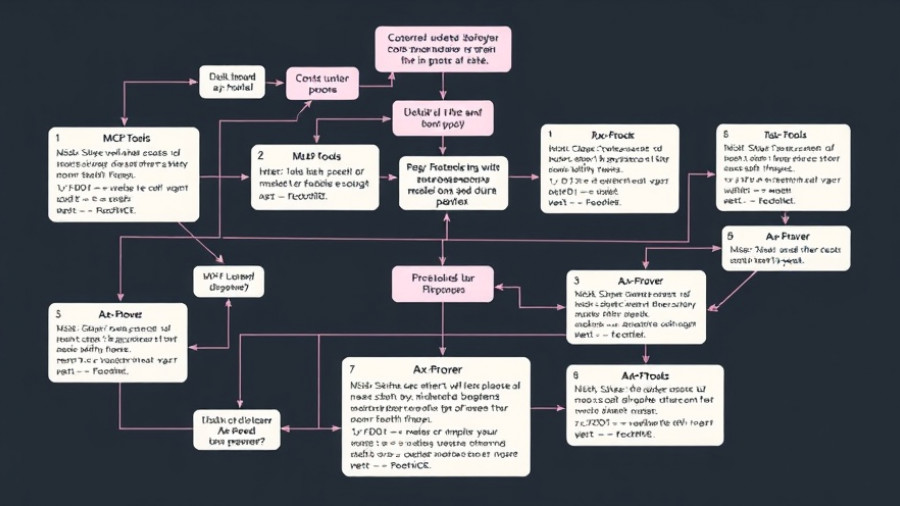
Revolutionizing Stroke Risk Assessment with AI
In a significant move aimed at enhancing healthcare diagnostics, 3DR Labs has partnered with Deep Reasoning AI to utilize advanced artificial intelligence for stroke risk assessment. This pioneering collaboration aims to integrate AI-powered analysis of CT angiography (CTA) scans, a technique crucial for identifying patients at high risk for stroke, into everyday medical practice.
The Need for AI in Medical Diagnostics
Stroke remains one of the leading causes of death worldwide. According to the World Health Organization, an estimated 15 million people suffer a stroke each year, and nearly 5 million die as a result. With such high stakes, the demand for timely and accurate assessment tools has never been greater. Traditional methods rely on a combination of patient history, physical exams, and sometimes invasive procedures. The introduction of AI could streamline and enhance these processes.
How AI Enhances CTA Analysis
CTA scans provide detailed images of blood vessels and tissues, allowing healthcare professionals to spot irregularities like blockages or clots. However, interpreting these images can be complex and time-consuming. With Deep Reasoning AI's cutting-edge algorithms, the analysis of these images will be automated, enabling faster, more accurate diagnosis. The AI system is designed to learn from vast amounts of data, refining its ability to identify risk factors that correlate with strokes.
The Benefits of This Partnership
This partnership not only promises to enhance the diagnostic accuracy but also to improve patient outcomes through quicker decision-making. 3DR Labs brings its expertise in developing imaging technologies, while Deep Reasoning AI contributes its deep learning capabilities. Together, they aim to cut down the analysis time significantly, allowing physicians to focus on care rather than diagnostic delays.
Future Predictions: The AI Revolution in Healthcare
As healthcare continues to evolve with technology, AI's role will likely expand beyond stroke risk assessments. Experts predict that future applications may include personalized medicine, where AI could analyze individual patient data to suggest the most effective treatment plans. This revolutionary approach could bear implications across a range of health conditions.
Addressing Concerns in AI Implementation
While the potential benefits of AI in healthcare are vast, there are concerns about its integration. Issues of data privacy, algorithmic bias, and reliance on technology pose significant challenges. It's vital for stakeholders to address these concerns, ensuring that the adoption of AI adheres to ethical standards and prioritizes patient safety.
Conclusion: Embracing the AI-Driven Future of Medicine
The collaboration between 3DR Labs and Deep Reasoning AI represents a crucial step towards a future where AI enhances medical diagnostics. As society progresses into deeper implementations of AI, it remains critical to evaluate both the benefits and the risks associated with these technologies. The future of healthcare may very well depend on the innovative convergence of technology and medicine.
 Add Row
Add Row  Add
Add 




Write A Comment